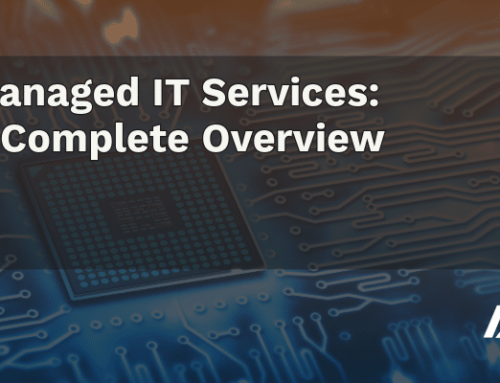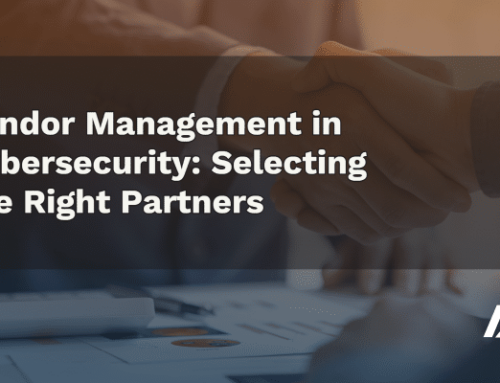Is your organization dealing with patched together legacy systems that are clunky to use and costly to maintain? Learn more about hyperconvergence and why so many businesses are turning to this streamlined IT solution.
The Basics of Hyperconvergence
Hyperconvergence is an infrastructure that combines computing, storage, networking and virtualization into a single system. This building-block method allows you to expand when and where you need it, reducing the tendency toward overprovision to allow for future growth.
Consisting of a hyperconverged platform with a virtual machine monitor (VMM) or hypervisor, this system allows one host computer to support multiple virtual machines that share its resources.
In other words, hyperconvergence could be data center infrastructure modernization at its best, thanks to its efficient, nimble design. There are a few ways that hyperconverged infrastructure (HCI) is sold: as an appliance, a reference architecture, or as a software-only model.
Appliance-based: In the case of this solution, a hardware and software package is created and delivered by a single vendor and arrives ready to use, with minimal installation and configuration headaches, and optimized performance.
Reference-architecture: This is a more specialized approach requiring technical IT architects and system admins. It provides an execution environment for virtual machines and relies on server-based storage.
Software-based: This option allows you to deploy a BYO-technology approach. You select server vendors and own the software license, which you can transfer if you like. Software-based HCI can be configured to match your CPU, memory and storage needs.
7 Benefits of HCI Solutions
It’s simpler and much more agile than legacy solutions.
All instances in an HCI are managed as a single system, including integrated storage systems, servers, and networking switches. Software-defined storage brings more scalability and resource efficiency, allowing you the flexibility to grow and add resources as needed.
It offers major cost optimization opportunities.
Because hyperconvergence is such a resource-efficient approach, there is the potential for saving in multiple areas. For starters, you don’t need the depth of IT specializations and staffing. In addition, HCI comes with minimal up-front costs (you only pay for what you need) and minimal repeat infrastructure expenses, and it allows you to manageably scale up your data centers. You’ll also save on software licenses.
It brings deeper levels of abstraction.
With virtually implemented software-defined elements, hyperconvergence brings deeper levels of abstraction. You’re able to expand simply by deploying additional modules, which become seamlessly integrated.
It enables more automation.
In a traditional infrastructure design, IT staff must develop automations using hardware from different vendors or manufacturers. But with hyperconvergence, all resources are combined and managed centrally, so automation becomes less complex and more streamlined.
It’s a single-vendor solution.
Procurement, operations and support are much simpler because you have a single point of contact for the life of your system. Updates are less complex because as the vendor releases new features, they’re rolled out into your system, without the need to replace hardware.
It allows you to retain some control over your environment.
Whether you’re a large enterprise or a small one, HCI allows you to retain control of your environment (or at least some of it), similar to a hybrid cloud solution. As well, backup, recovery and disaster recovery are part and parcel of the infrastructure.
It’s not just for specific workloads.
In the beginning, these systems were specialized and geared toward virtual desktop infrastructure (VDI) and general-purpose workloads that had more or less predictable resource requirements. These days, they are scalable platforms for enterprise applications, databases, and private cloud. Other workloads that can run on hyperconverged systems include file and print services, collaboration, virtual desktop, commercial packaged software, analytics, and web-facing workloads.
What’s Next?
Looking to modernize your data center? AccountabilIT has the expertise to help you find the best possible solution for your organization. Whatever your IT goals and pain points, contact us today to find out what we can do for you.




